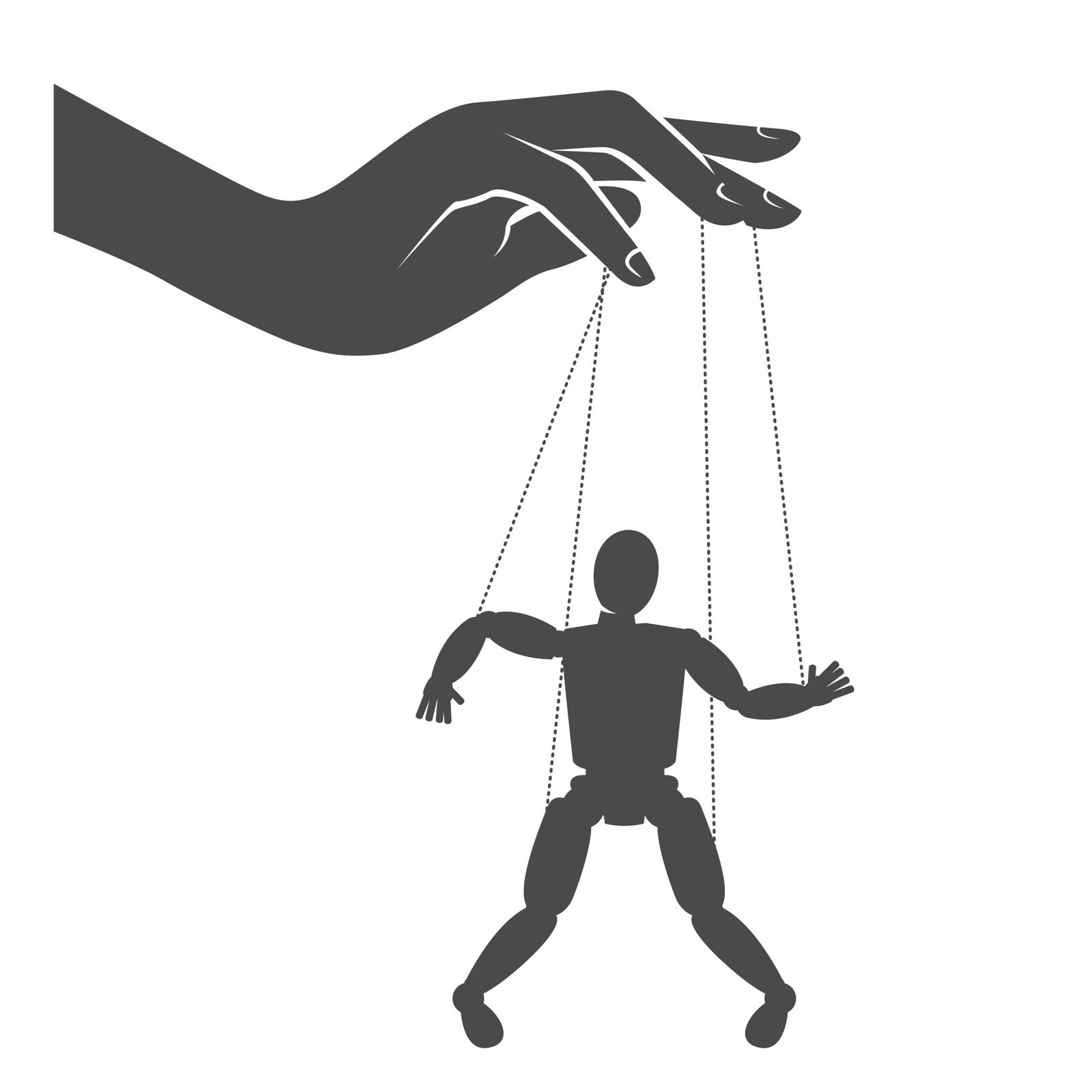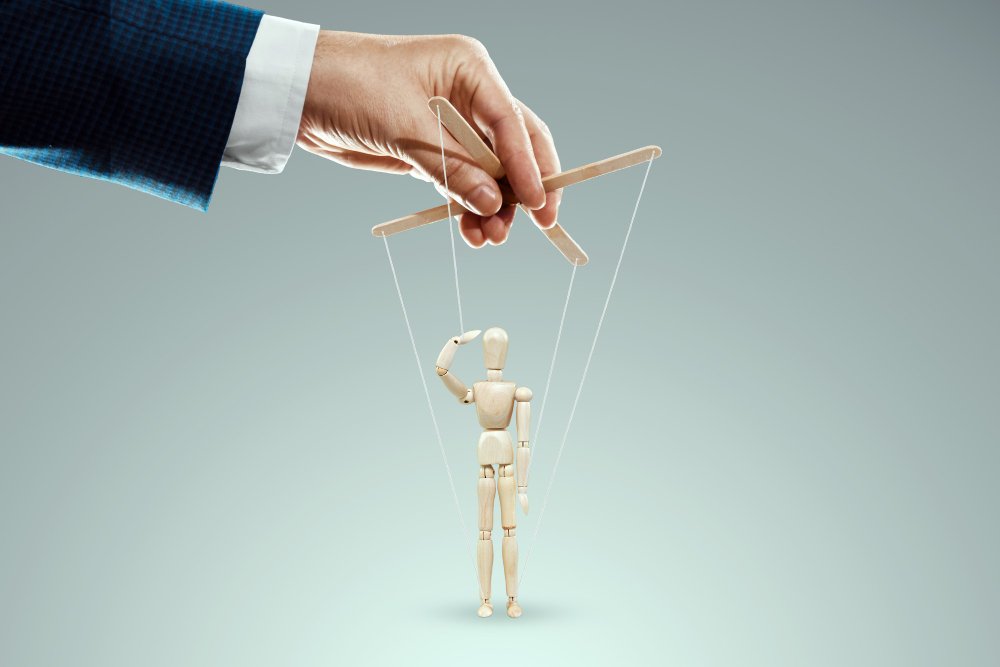The Art of Puppeteering: Techniques for Creating Lifelike Movements and Expressions
Puppeteering, a timeless and enchanting art form, has the unique ability to breathe life into inanimate objects, creating characters that captivate audiences of all ages. Through skillful manipulation and expressive storytelling, puppeteers transform simple materials into dynamic performers. This article delves into the art of puppeteering, exploring the techniques used to create lifelike movements and expressions that make puppets come alive on stage.
The Magic of Puppetry

Puppetry has a rich history that spans cultures and centuries. From the intricate shadow puppets of Southeast Asia to the beloved hand puppets of Western children’s shows, puppetry has always been about storytelling and the illusion of life. What makes puppetry so magical is its ability to create a connection between the puppet and the audience, evoking emotions and reactions through skillful performance.
Scott Biski, a dedicated puppeteer with a passion for combining traditional techniques with modern innovations, exemplifies how this art form continues to evolve. By mastering the foundational skills of puppetry and incorporating new technologies, Biski, and other contemporary puppeteers push the boundaries of what puppets can do.
Understanding Puppet Anatomy
To create lifelike movements and expressions, it’s essential to understand the anatomy of different types of puppets. Hand puppets, marionettes, rod puppets, and shadow puppets each have unique structures and mechanisms that determine how they move.
Hand puppets, for example, are controlled directly by the puppeteer’s hand, allowing for immediate and expressive movements. The puppeteer’s fingers become the puppet’s mouth and arms, making it possible to convey emotions through gestures and facial expressions. Marionettes, on the other hand, are controlled by strings attached to various points on the puppet’s body. This type of puppet requires precise coordination and timing to achieve fluid and realistic movements.
Mastering Basic Techniques

The foundation of effective puppetry lies in mastering basic techniques that bring the puppet to life. One of the most important skills is the ability to manipulate the puppet’s mouth in sync with spoken words, known as lip-syncing. This technique is crucial for creating the illusion that the puppet is speaking, and it requires practice to achieve smooth and convincing movements.
Another essential technique is the use of eye focus. The puppet’s eyes should be directed toward the object of attention, whether it’s another character, an audience member, or an item on stage. By carefully controlling the puppet’s gaze, the puppeteer can convey where the puppet is looking and thinking, adding depth to the performance.
Movement is another critical aspect of puppetry. The way a puppet walks, gestures, and reacts can reveal its personality and emotions. Smooth and natural movements are achieved through practice and an understanding of how the human body moves. For marionettes, this involves mastering the coordination of multiple strings to create fluid actions. For hand puppets, it means using the wrist and arm to mimic natural body language.
Creating Expressions
Expressions are what give a puppet its personality and emotional range. Scott Biski, known for his intricate and expressive puppets, emphasizes the importance of facial expressions in engaging the audience. A puppet’s face should be capable of a range of emotions, from joy and surprise to sadness and anger.
One way to achieve this is through the design of the puppet’s face. Movable parts such as eyebrows, eyelids, and mouths can be manipulated to change the puppet’s expression. For example, raising the eyebrows and opening the eyes wide can convey surprise, while lowering the eyebrows and closing the mouth can indicate sadness. The puppeteer must also use subtle movements to enhance these expressions, such as tilting the head or changing the angle of the eyes.
Voice and Characterization
In addition to physical movements, the voice plays a crucial role in bringing a puppet to life. The puppeteer’s voice must match the character’s personality and emotions, adding another layer to the performance. Creating distinct voices for different characters helps the audience differentiate between them and adds to the believability of the puppet.
Characterization involves developing a backstory and personality for the puppet. This background informs how the puppet moves, speaks and interacts with others. Scott Biski often spends time developing detailed characters for his puppets, ensuring that each one has a unique identity and story. By fully understanding the character, the puppeteer can deliver a more authentic and engaging performance.
Advanced Techniques
Once the basic skills are mastered, puppeteers can explore advanced techniques to enhance their performances further. One such technique is the use of animatronics and technology to add more complex movements and expressions. Small motors and servos can be integrated into the puppet’s design to control facial features, limbs, or other parts, allowing for more intricate and lifelike actions.
For example, a puppet with animatronic eyes can blink or change direction independently, adding a new level of realism. Similarly, motorized limbs can mimic natural movements such as waving or grasping objects. While these technologies require additional skills and resources, they open up exciting possibilities for innovation in puppetry.
Practice and Performance
Like any art form, puppetry requires practice and dedication. Regular rehearsal is essential to refine movements, synchronize lip-syncing, and perfect character voices. Scott Biski often emphasizes the importance of rehearsing in front of a mirror or recording performances to analyze and improve.
Performing in front of an audience is also a valuable experience. Live performances provide feedback that helps puppeteers understand what works and what needs adjustment. Interacting with an audience can reveal new opportunities for engagement and help refine the timing and delivery of the performance.
The Joy of Puppetry
At its core, puppetry is about bringing joy and wonder to audiences. Whether performing for children or adults, puppeteers have the unique ability to create magical experiences that transport viewers to different worlds. The combination of artistry, skill, and storytelling makes puppetry a powerful and enduring form of entertainment.
Scott Biski’s dedication to the craft of puppetry serves as an inspiration to aspiring puppeteers. By mastering the techniques of lifelike movements and expressions and continually pushing the boundaries of what is possible, puppeteers can keep this enchanting art form alive and thriving for future generations to enjoy.
Conclusion
In conclusion, the art of puppeteering is a rich and rewarding practice that blends creativity, skill, and technology. From understanding puppet anatomy to mastering basic and advanced techniques, puppeteers can create performances that are both captivating and lifelike. With dedication and practice, anyone can learn to bring puppets to life, enchanting audiences and keeping the timeless magic of puppetry alive.

















